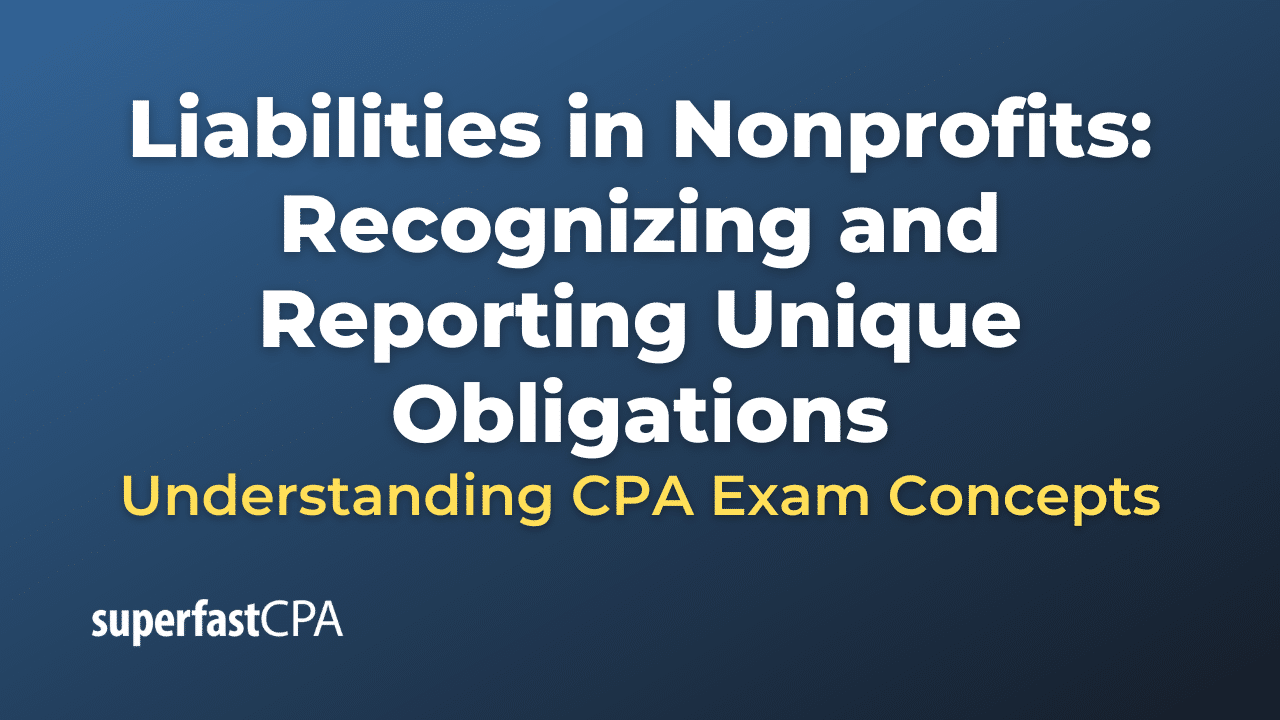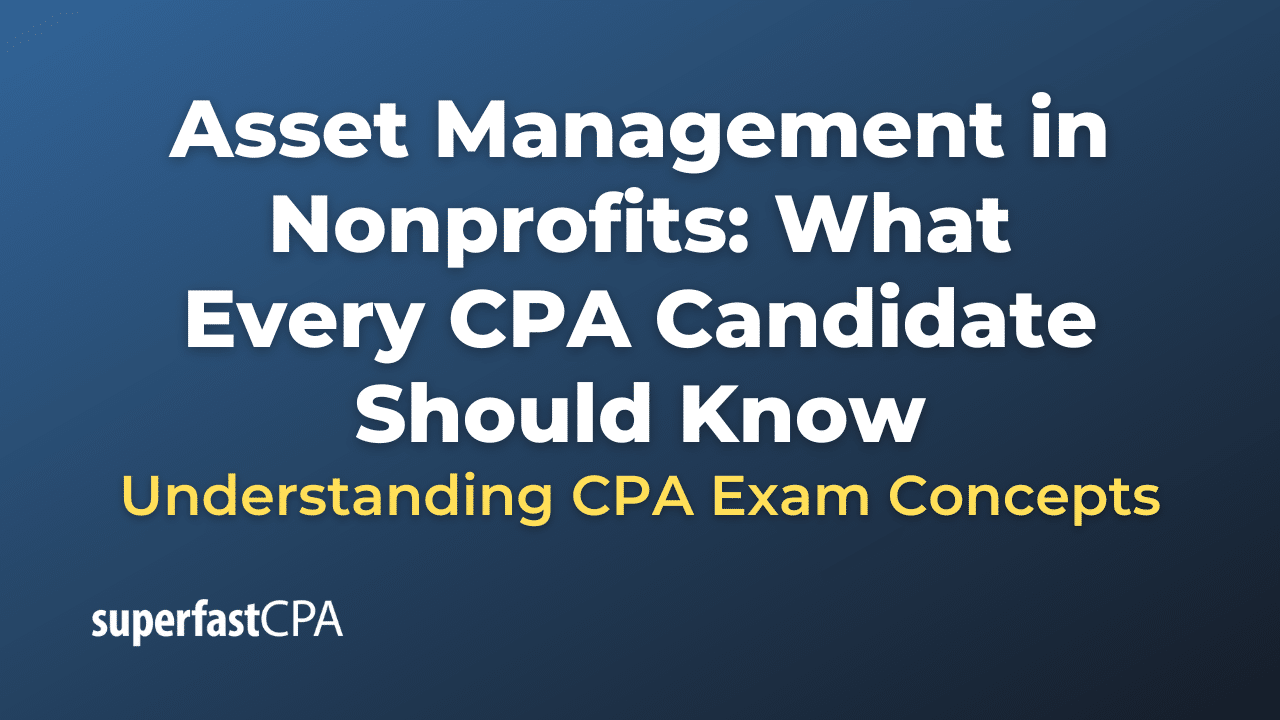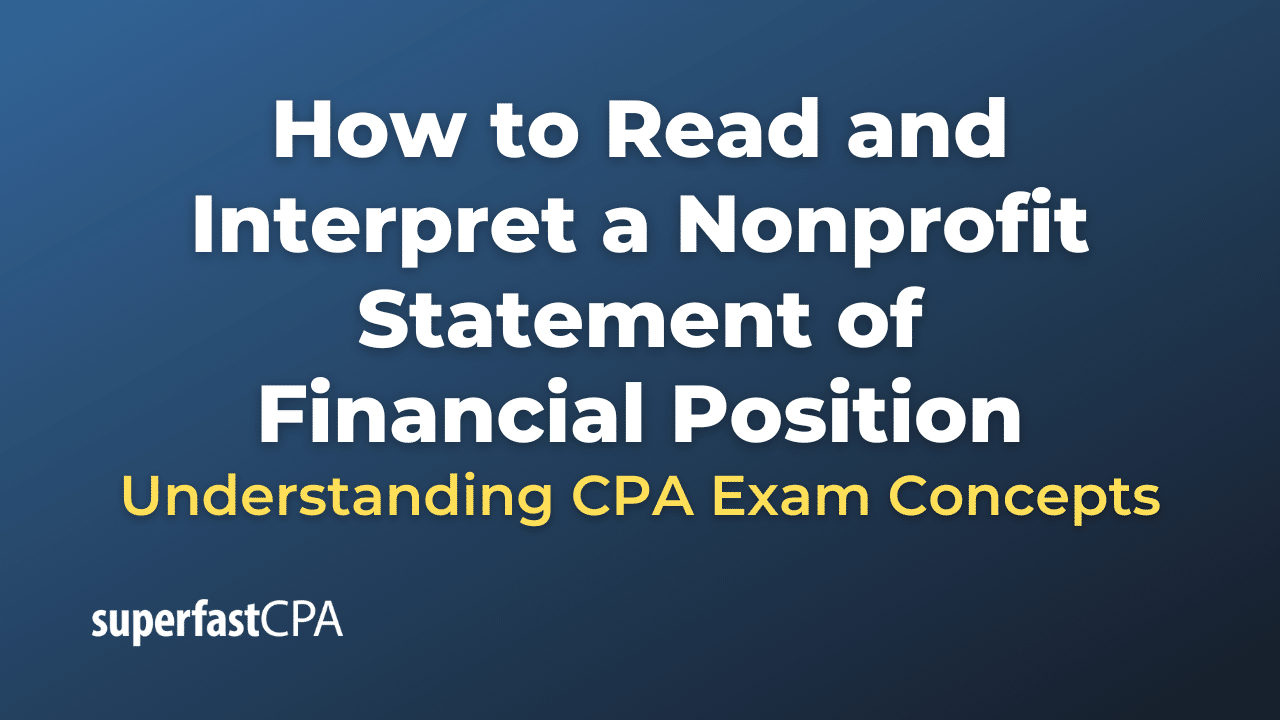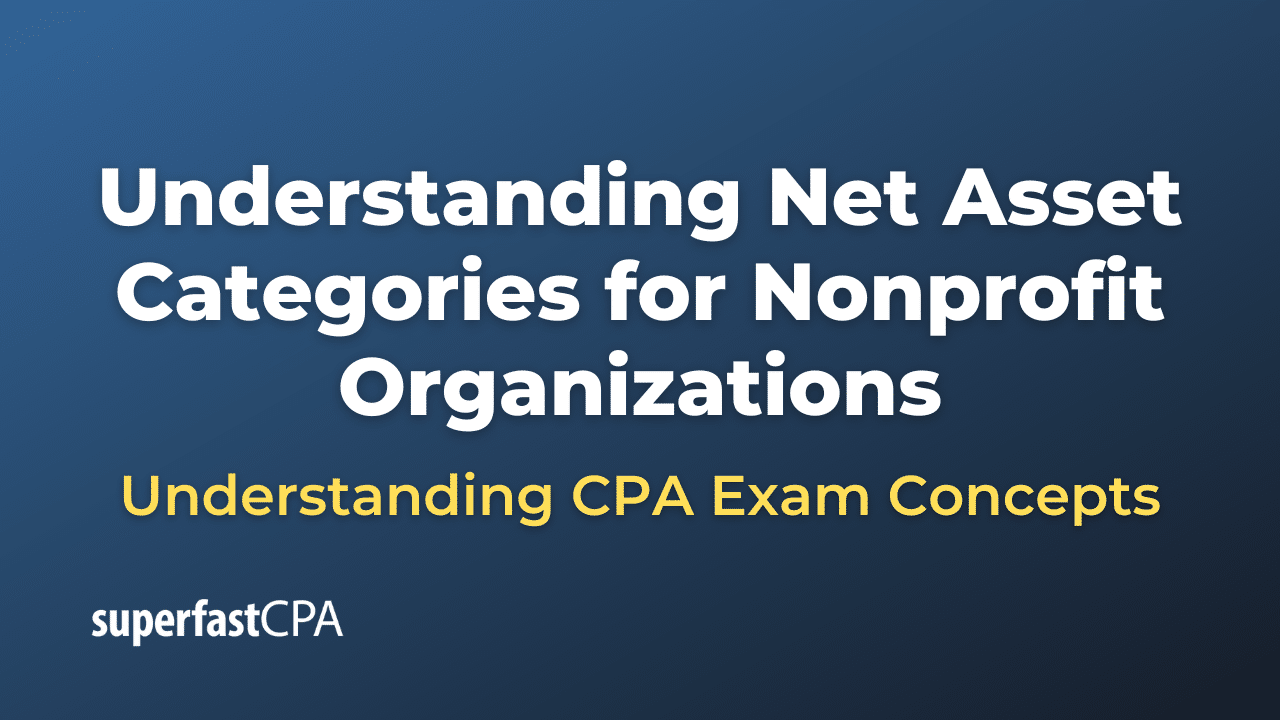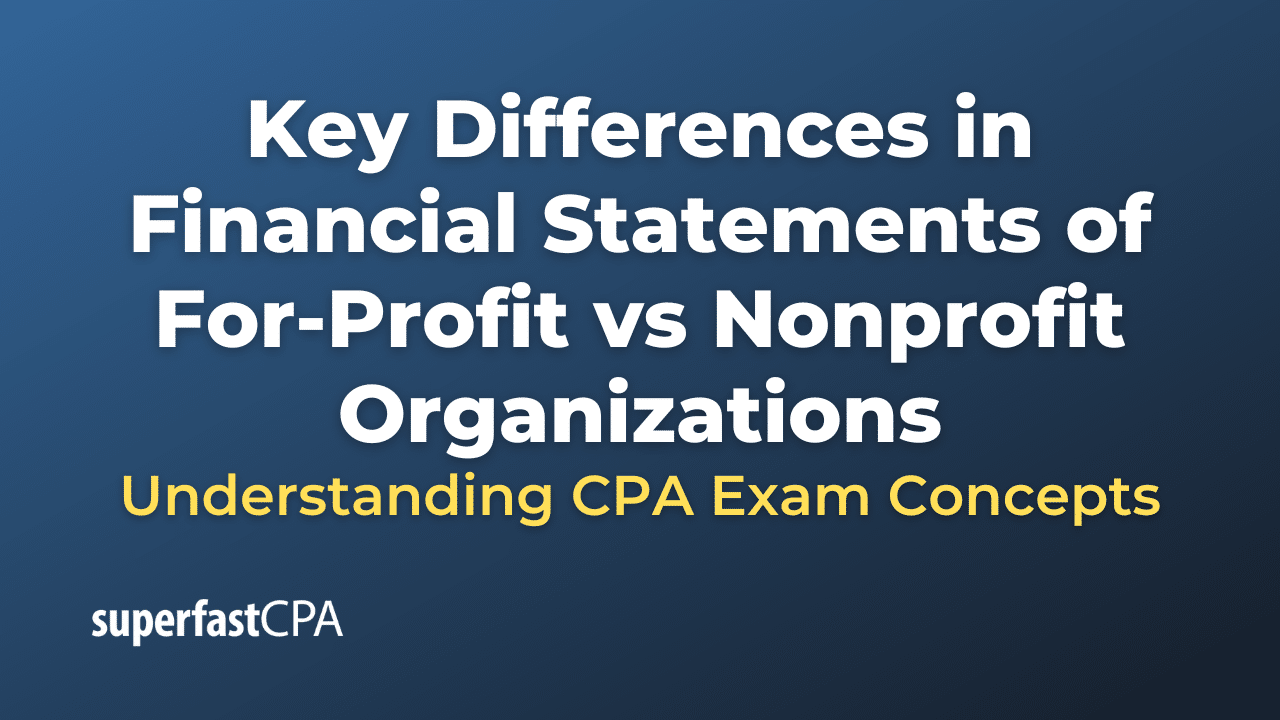Average Collection Period
The average collection period, also known as the days’ sales in receivables, is a financial metric used to evaluate a company’s effectiveness in collecting its receivables. It measures the average number of days it takes for a company to collect payments from its customers after a sale has been made on credit. A shorter average collection period indicates that the company is more efficient in collecting its receivables, while a longer period may indicate potential issues with cash flow or credit management.
The formula to calculate the average collection period is:
Average Collection Period = (Accounts Receivable / Net Credit Sales) x Number of Days in the Period
Net credit sales are the total sales made on credit, excluding any cash sales. The number of days in the period can be based on the accounting period being analyzed, such as a month (30 days), quarter (90 days), or year (365 days).
Example of the Average Collection Period
Let’s say we have a company called “ABC Retailers” that sells electronics. They offer credit terms to their customers, and we want to assess their efficiency in collecting receivables. Here is the financial data we have for the company:
- Accounts Receivable: $80,000
- Net Credit Sales (annual): $960,000
- Days in the Period: 365 (1 year)
Now, we can use the average collection period formula to evaluate ABC Retailers’ performance in collecting receivables:
Average Collection Period = (Accounts Receivable / Net Credit Sales) x Number of Days in the Period
Plug in the given values:
Average Collection Period = ($80,000 / $960,000) x 365
Calculate the ratio:
Average Collection Period = 0.083333 x 365
Finally, find the average collection period:
Average Collection Period = 30.42 days
This result means that it takes ABC Retailers, on average, 30.42 days to collect payments from their customers after a credit sale. This information can help the company identify its efficiency in managing credit and collecting receivables, and compare it with industry benchmarks or competitors. A shorter average collection period is generally preferred, as it indicates a faster cash conversion cycle and better cash flow management.


